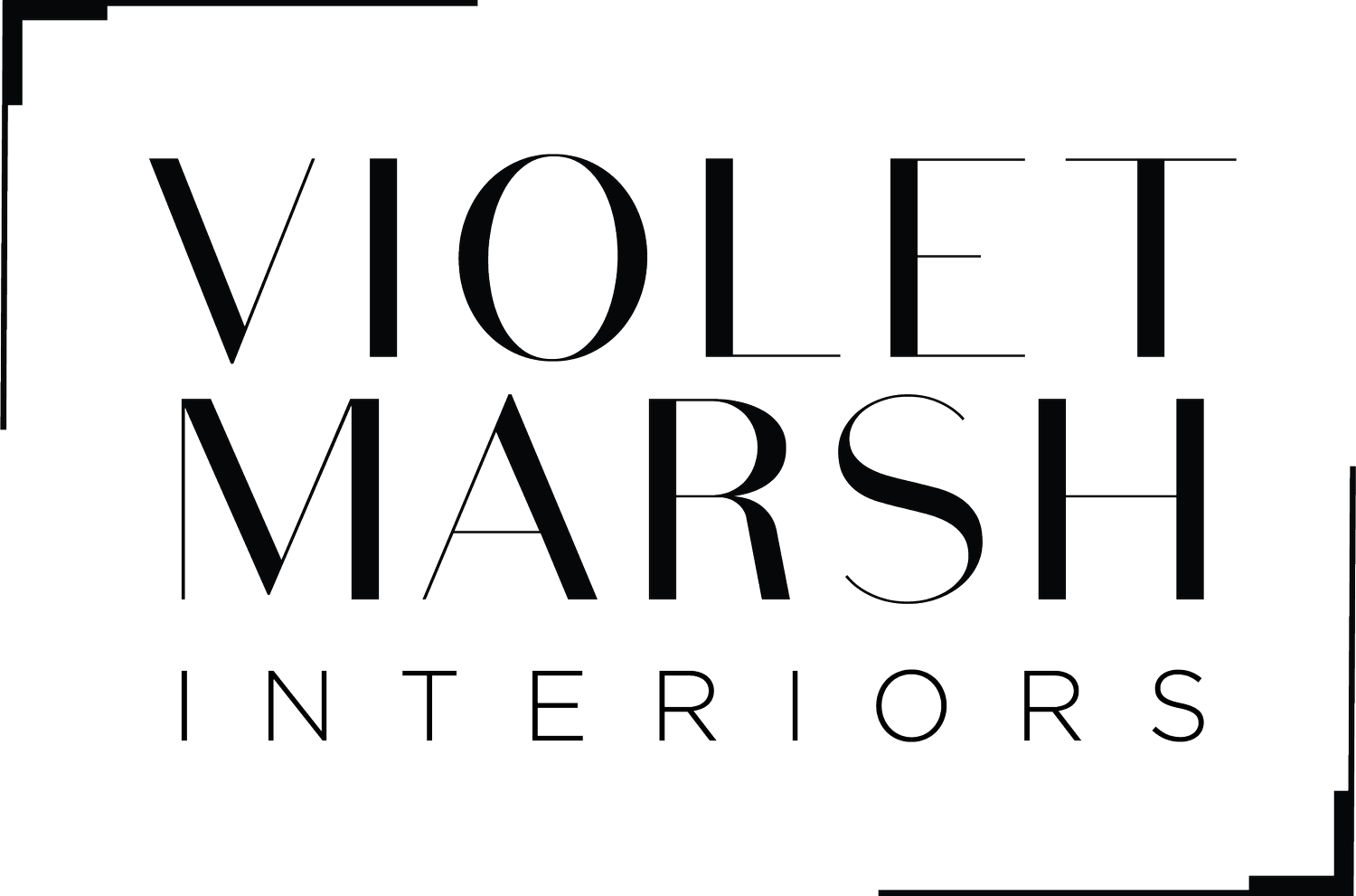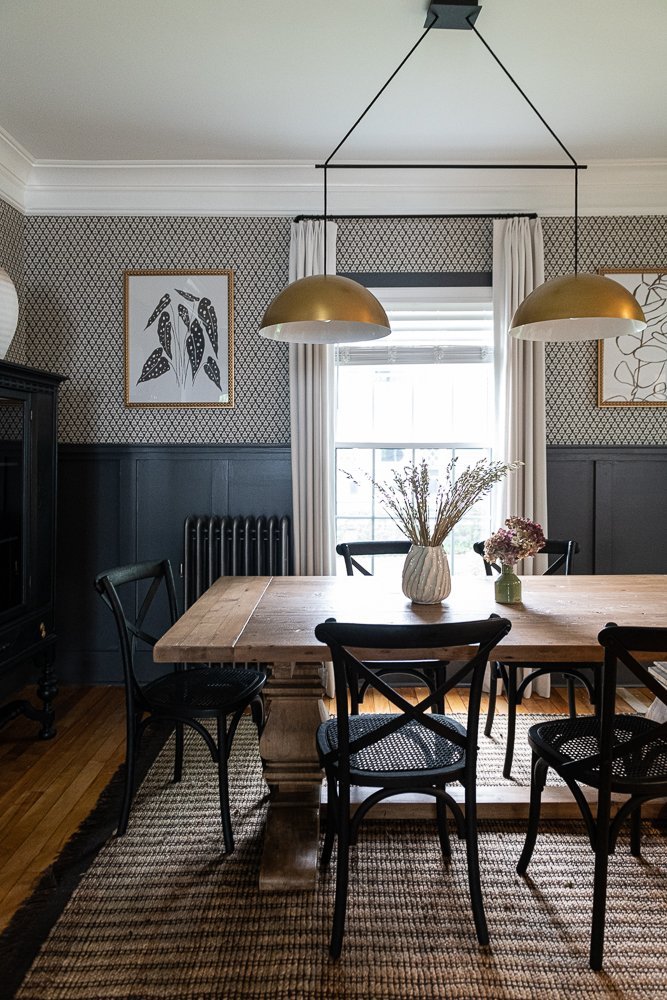When to Hire an Interior Designer or an Architect
Creating a functional and aesthetically pleasing home involves three key players: an architect, a builder, and an interior designer. These three professionals play distinct roles in shaping the built environment. In this blog post, we delve into the nuanced differences of an architect and an interior designer.
Architects are the masterminds behind the structural and exterior aspects of homes and buildings. They are responsible for the overall design, functionality, and safety of a structure. From commercial spaces to residential dwellings, architects consider factors such as building codes, zoning regulations, and the structural integrity of materials to create spaces that stand the test of time.
Architects are educated with a Bachelor or Master’s Degree and require a license to practice in their state. Their role is highly technical and they are skilled at making detailed drawings (typically using AutoCad) which are used for permitting for construction.
The drawing below is a hand drawn elevation… look at how many details are articulated and decided upon. Architects are creative problem solvers and contribute in a linear, black and white, concrete way. They create the outline always, but depending on the architect they may also be involved in the cabinetry, millwork, and anything that is attached to the home. They will have a depth of resource and creativity to share with you.
You need to hire an architect if you are building a new home and it is advised that you hire an architect if you are making structural changes within your residence. For example, if you are changing the configuration of the windows, exterior doors, stairs cases, adding on a room, vaulting the ceiling, or reconfiguring walls. Often an architect will work closely with a structural engineer to achieve the end result.
Architects can specialize in interiors too. Think of Frank Lloyd Wright (his work seen below) who designed the structure and every last detail within it including the furniture. He was concerned with the holistic integrity of the home— he sought to achieve total alignment and control between the exterior and the interior elements.
Interior designers, as the name suggests, primarily focus on the internal spaces of a building or home. They are experts in selecting color schemes, specific furniture pieces, lighting, plumbing, and all of the finishes (flooring, tile, countertops, millwork, wall coverings, rugs and more) with the goal of creating a cohesive and visually appealing environment. The focus is on aesthetics. They care about function always in conversation with form or to say it another way, beauty is equally considered with function.
They must also be educated in how materials perform over time, however it’s a much lighter touch. For example they will know that a marble counter will etch and yellow in a kitchen and a viscose rug may stain permanently. Their focus is on finish materials that wear through day to day living, not the integrity of how the home was built.
Interior Designers often have a 4 year degree and must pass the NCQID exam to be licensed, however, you can work as an interior designer without being licensed. There is a lot of industry debate about whether going to school and getting licensed is better than simply hanging your shingle and getting your first job and real life experience. Many interior designers come up through various professions and have a natural talent and passion for it, making it their second or third career. Typically those who went to school have better drafting skills and focus on commercial design, but these technical skills can easily be outsourced.
I fall into this camp. Interior design is my third career and I went to Parson’s to obtain a certificate in interior design where I learned technical skills. Since I am not licensed I cannot create drawings for construction or get hired as a designer at a commercial firm. The term interior designer and interior decorator are interchangeable and are a product of the parlance of the time. Early on, interior decorator was the it term and now it has morphed into interior designer. Some will say that decorator means you do not have an education while designer means you do, but that isn’t always the case either. Interior Decorators that paved the way to make this a profession were educated in textiles and antiquities.
Interior designers each have their own business model, strengths, weaknesses, preferences, and sense of taste and style. This is partly what makes hiring an interior designer difficult— there are not a lot of industry standards. When hiring an interior designer, it’s best to pick someone you really like and enjoy working with and who’s portfolio is aspirational to you. Beyond that, I would want to check references from past clients to understand how they manage a project, how well they stay organized and communicate. There are a lot of moving parts and an experienced interior designer will have systems and processes in place to manage everything smoothly on your behalf.
While architects lay the foundation for a residence, determining its form and function, interior designers step in to breathe life into the interior. They take the drawings that the architect creates and add all of the texture and the color while paying tribute to the architectural details.
The collaboration between the two ensures a seamless transition from the exterior to the interior, creating spaces that are not only visually stunning but also functionally efficient. It’s not an “either/or” decision. Having both an architect and an interior designer will transform your space holistically.
So, the next time you find yourself in search of design expertise, let the professionals guide you.
The end.
Join the Party.
We promise not to bother you too much, but if you’d like to be alerted to new before & after blog content, please submit your details below.





